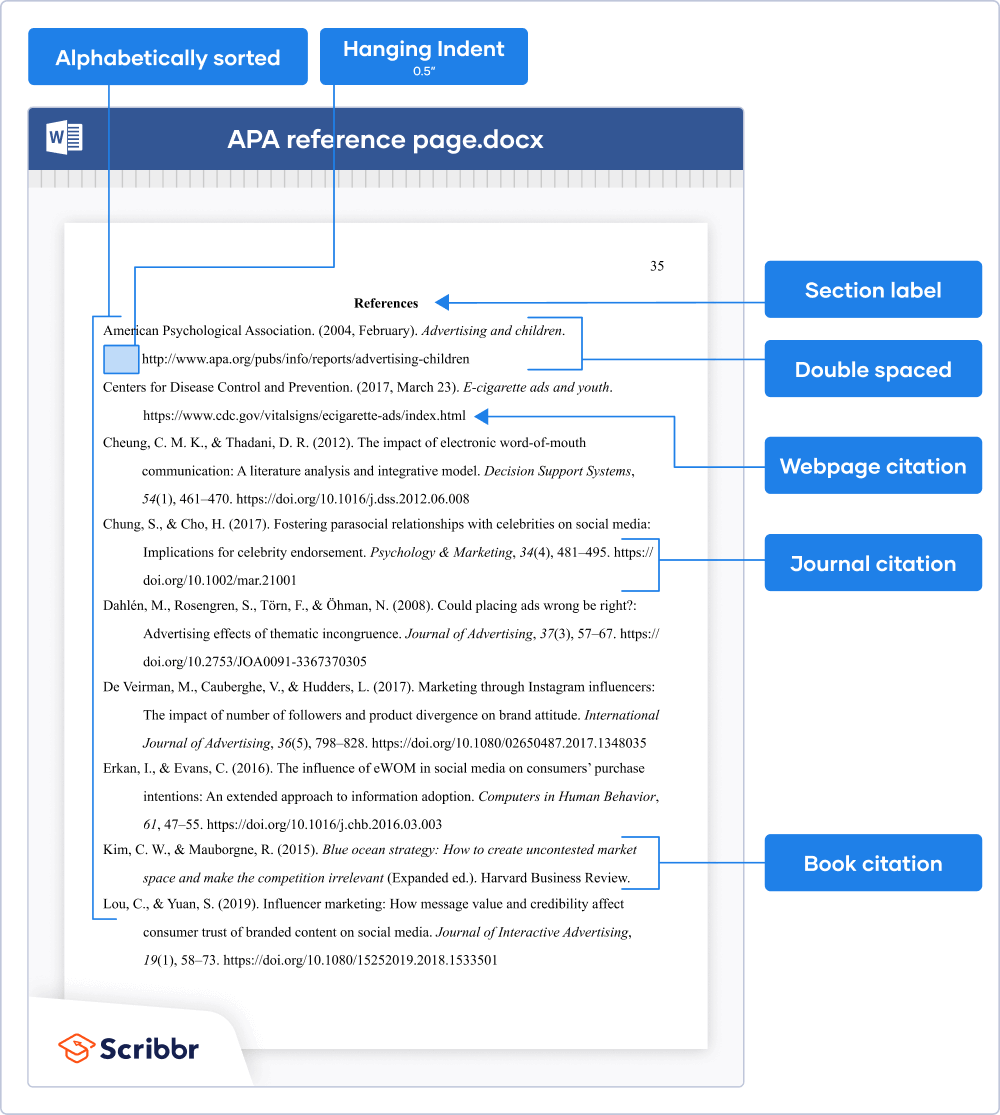

She stated, "Students often had difficulty using APA style" (Jones, 1998, p. If the author is not named in a signal phrase, place the author's last name, the year of publication, and the page number in parentheses after the quotation, as in a parenthetical citation. Introduce the quotation with a signal phrase that includes the author's last name followed by the date of publication in parentheses, as in an integrated citation.Īccording to Jones (1998), "Students often had difficulty using APA style, especially when it was their first time" (p. If you are directly quoting from a work, you will need to include the author, year of publication, and the page number for the reference (preceded by "p."). Never use the page numbers of Web pages you print out, because different computers can print out Web pages with different pagination. The APA style has shown a 25% increase in knowledge retention (Jones, 1998, para. The paragraph number is indicated by “para.”An online source cited like this would look like this: When you are citing an electronic, online material, or a source that doesn’t have a page number, use the paragraph number where the information is found. For example:Īlthough the APA style can seem difficult, it often is very easy to use once it has been practiced (Jones, 1998, pp. The page, or range of pages, where the information is found is identified by a “p.” for a single page or “pp.” for multiple pages. While a page number is not required for paraphrased material, it is often preferred since this can help your readers find the exact source of the information. When paraphrasing a sources work, you must cite their work by listing their name and the year of publication where the information is used, like so:Īlthough the APA style can seem difficult, it often is very easy to use once it has been practiced (Jones, 1998).


When using information from one of your sources, but not directly quoting text from that work, this is paraphrasing. The authors of Dalglish (1977), Jones (1998), Jones and Collymore (1994), and Park et al.

You would then separate the citations by a comma and an “and” between the last two citations. When writing an integrated citation for multiple citations, treat each citation as its own integrated citation. (2003) discuss the prospect of having more than eight signatures. In an integrated citation that includes “et al.” (see In-Text Citations: Author/Authors), you would write the citation as such: Jones and Collymore (1994) showed in their previous work that. When there is an integrated citation for a work with multiple authors, separate the authors with the word “and.” For example: The work of Jones (1998) has been used by many professors to show. When this happens, cite the source by placing the year of publication in parentheses following the author’s name, as in the following example:
How to properly cite sources in apa format manual#
In the APA Publication Manual (7th edition), in-text citations are covered on pages 253-278.īelow are some general rules to follow when using in-text citations.Ī work that is directly referenced within the text by the author’s, or multiple authors’, name is called an integrated citation. In-text citations are used to show where you retrieved the information that you are using to make specific arguments in your writing. We advise that when you select a copy editor, you communicate this with them so that they may keep these requirements in mind as they review your work.** In-Text Citations **Note: As a contributor to IGI Global publications, you are expected to ensure that your work is professionally copy edited and in proper APA styling prior to final submission. Below is a guide that we at IGI Global hope will aid our authors in the use of the APA style. IGI Global has chosen the APA style for its simplicity, its ease of use, and its focus on scientific subjects. The APA, or American Psychological Association, style was created in 1929 with the goal of setting down a set of rules and standards for scientific writing that would simplify the style while increasing reader comprehension. Finally, by following a uniform style, the publication process is more efficient for author and publisher alike, allowing for the swift and accurate typesetting of your work. Following a uniform style, such as the APA style guide, helps display your facts, key points, and scientific findings simply and clearly for your readers. Citing also protects you against plagiarism by clearly indicating and differentiating which information comes from other sources and which is your own work and writing. Proper citation allows your readers to further explore your particular subject matter. When writing academically, it is very important to properly cite and reference the materials used in your writing.


 0 kommentar(er)
0 kommentar(er)
